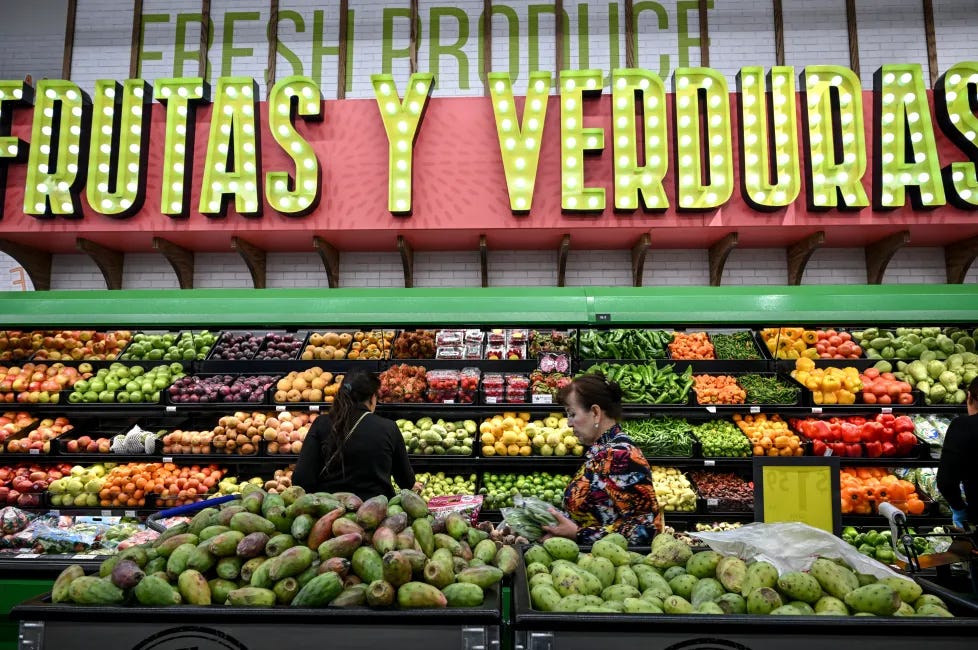What Are Tariffs and How Do They Impact Your Groceries?
Higher tariffs mean higher prices.
You’ve probably heard the word “tariff” a lot lately. But what does it mean, and why does it matter to you?
A tariff is a tax that a government places on goods imported from other countries. The goal is usually to protect local industries by making imported goods more expensive while encouraging people to buy products made locally. Sometimes tariffs are also used as bargaining chips in trade negotiations between countries.
When tariffs are added, the cost of importing goods goes up, which often leads to higher prices in stores. This could directly affect groceries especially when it comes to produce and other imported foods.
What Produce is Most Affected?
Some imported fruits and vegetables are more susceptible to price hikes due to tariffs because they either aren’t grown much in the U.S. or are imported seasonally to meet demand. Here are a few examples:
Avocados: A large portion of avocados comes from Mexico. Tariffs could make them more expensive during high-demand times like the Super Bowl or summer season.
Citrus Fruits: Oranges, lemons, and limes are often imported from places like Mexico, Argentina, or Spain when U.S. supply is low especially during winter.
Berries: Blueberries, strawberries, and raspberries from Latin America fill the gap during colder months when U.S. farms can’t meet demand. Tariffs could drive up their prices.
Garlic: Most of the garlic sold in the U.S. is imported from China. While some stores source garlic from California, many rely on Chinese imports which would be pricier with tariffs.
Bananas and Tropical Fruits: Bananas, mangoes, and pineapples mostly come from Central and South America, with few alternatives grown domestically. Tariffs would almost certainly lead to price increases.
How Would This Impact Shoppers and Stores?
If tariffs increase the cost of importing produce, grocery stores will face tough choices. They can either absorb the higher costs while risking profits or pass them along to customers by raising prices. Smaller specialty stores that depend heavily on imports might struggle the most.
For shoppers this could mean:
Higher prices for imported produce.
A shift toward buying more local or seasonal products.
Relying on discount or bulk stores to save money.
Fewer options in stores, as some grocers may reduce their imports to cut costs.
In the long run, we might see a bigger emphasis on local products with grocery stores offering fewer imported items. While this could boost domestic farming, it might also reduce the variety and availability of some foods year-round.
Tariffs are meant to help local industries, but they can also lead to higher grocery bills for consumers. If new tariffs are introduced, the cost of certain imported produce could rise and make everyday shopping more expensive. Whether or not these proposed policies take effect, it’s worth keeping an eye on how global trade impacts what ends up on your plate and how much it costs.
Stay up-to-date and follow us on social media! Instagram , Threads, Facebook , and YouTube .





